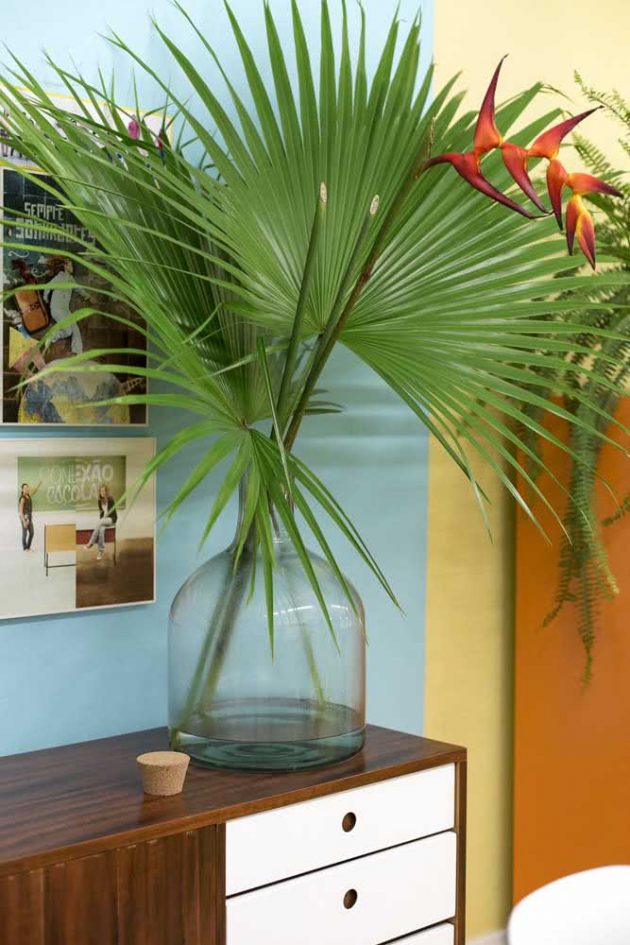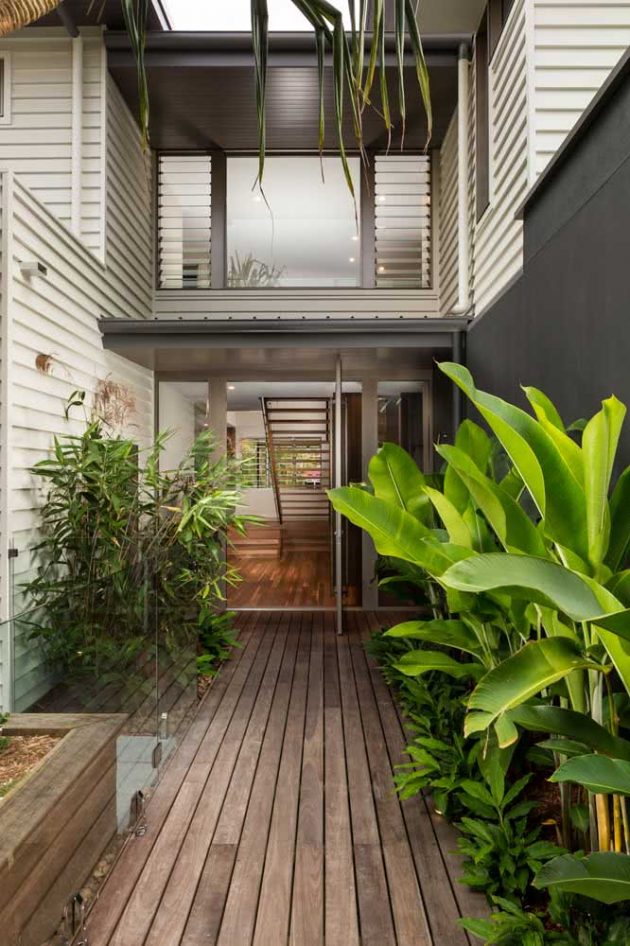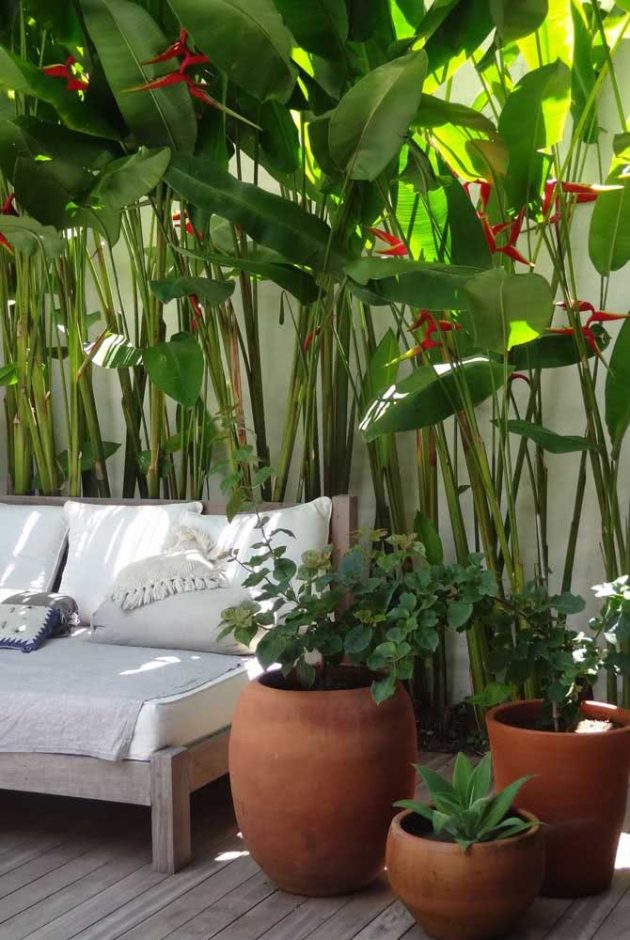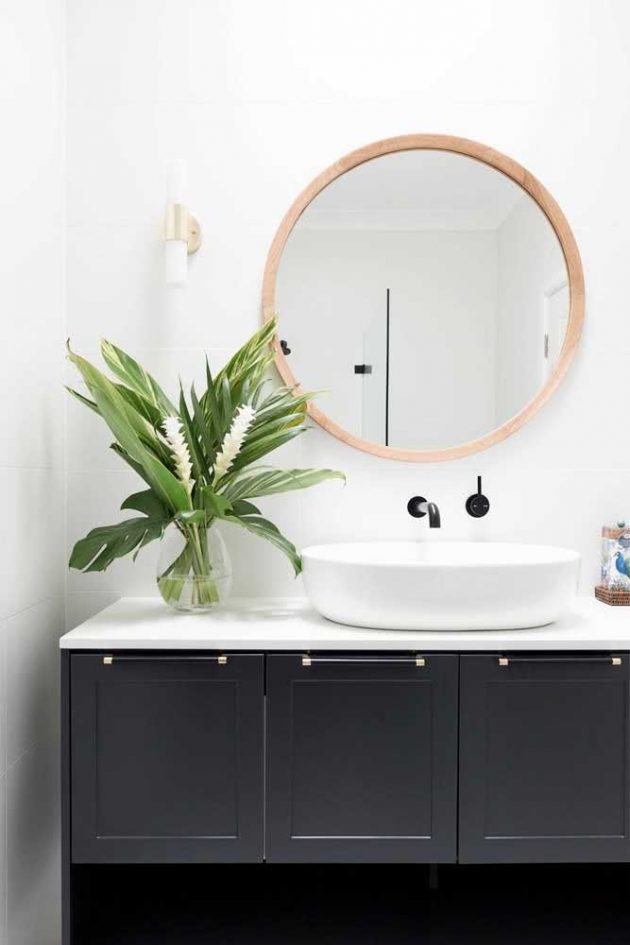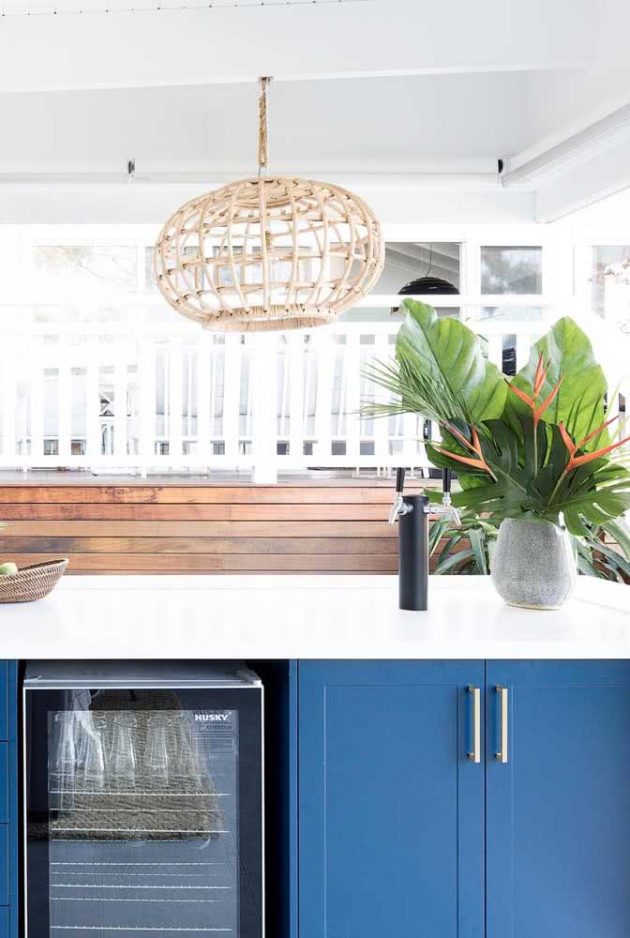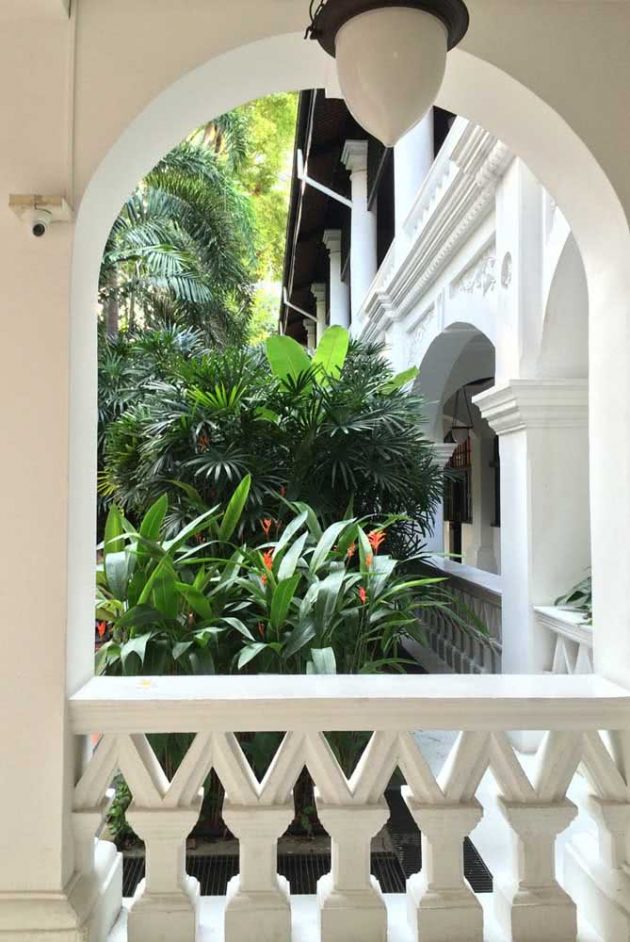It is not a bird, nor a flower. What would Heliconia be then? This is one of the most exotic and creative plants that nature has ever created.
The colorful, hanging branches that protrude out of the heliconia stalk are actually bracts or, rather, a type of cover that protects and covers the real flower that is hidden inside.
Of tropical origin, Heliconia is a plant native to the Brazilian and Peruvian Amazon, but it is also easily found in other regions of South and Central America, where the hot and humid climate predominates throughout the year.
And if you’re there wanting to know more about this incredible greenback, stay here with us and we’ll tell you everything.
Heliconia: Main characteristics
Heliconia is the name given to the plant genus of the Heliconiaceae family. Currently, there are about 100 different species of heliconias cataloged around the world. Of this total, about 40 species are of Brazilian origin.
Despite the immense variety, heliconias have characteristics in common, such as the presence of bracts and elongated leaves of intense green.
It is also common for heliconias to be slim, elegant, and vigorous. This plant, in some species, can reach almost 12 meters in height.
How to care for Heliconia
Light and temperature
Heliconia can be grown in half shade and full sun, but in both cases, the local temperature must always be above 25ºC.
So, nothing to put the heliconia in a dark and cold corner of the house. She couldn’t stand it.
Although very rustic and resistant, heliconia suffers from the action of wind and rain. The fragile leaves tear and burn easily, so it is also interesting to keep the plant protected.
Watering
Heliconia has rhizomes. And what does that mean? Its roots store water. So don’t overdo the watering.
The ideal is to water it only when it touches the soil and realizes that it is dry.
Fertilizing
Heliconia is not demanding in terms of fertilization, but it is still interesting to offer the plant a good quality organic fertilizer every two or three months.
Along with it, you can even reinforce the plant’s nutrition with an NPK 10-10-10 fertilizer.
Harvesting and pruning
Many species of heliconia bloom all year round, especially if it is in a place of good light.
The harvesting of the stems can be done as soon as they reach the characteristic color. After cutting it is recommended to cut the stem, as it blooms only once.
It is not necessary to carry out maintenance pruning in heliconia, except in the case of dead, dry, or diseased leaves.
Common pests
Unfortunately, heliconia is a plant that is very susceptible to pests, especially when it is not fertilized properly and ends up suffering from a lack of nutrients.
The most common in this type of plant is the attack of fungi on the leaves, but they can also become an easy target for aphids, mealybugs, ants, mites, and caterpillars.
The best solution is to provide for the removal of these pests, which in some cases can be manual or chemical, in the case of aphids, mites, and mealybugs.
However, it is worth remembering that a healthy plant, well-nourished and receiving the ideal luminosity will be naturally protected against the attack of pests.
Check out these ideas on how to use heliconia in decoration and landscaping:
1.
2.
3.
4.
5.
6.
7.

